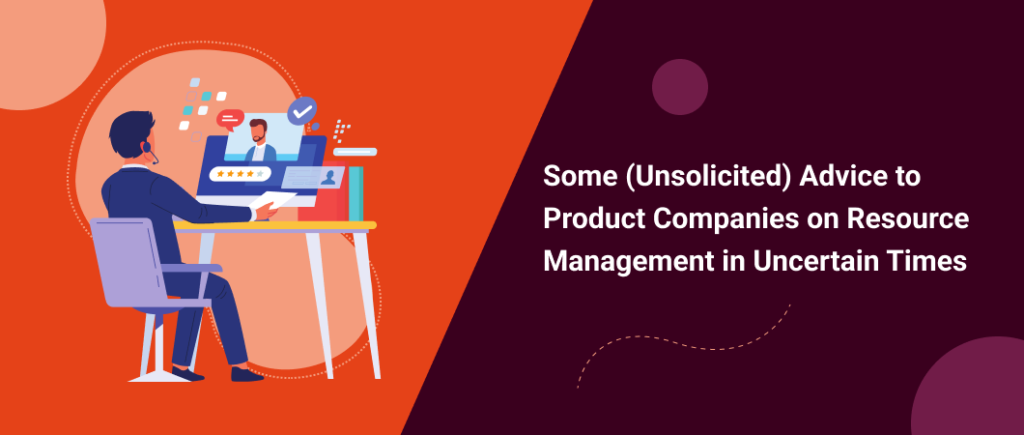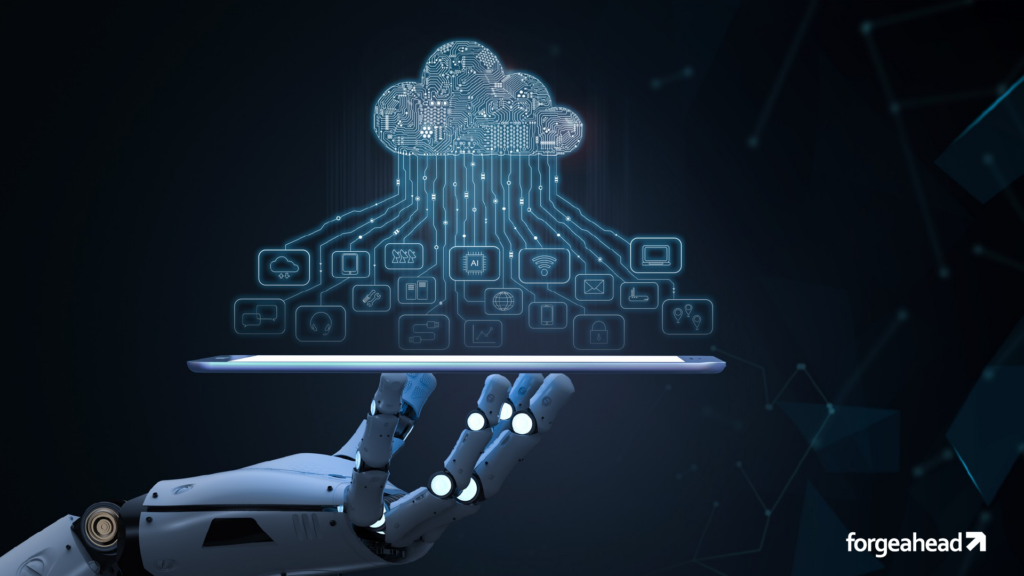Last updated on January 11th, 2024
If we look back on the past two years, it becomes clear that traditional management and operating models are severely deficient when it comes to coping with disruptive changes.
The rise of the hybrid work environment has been a response to these strange times. The extreme uncertainty and fluidity are unmatched in modern memory. New operating models that allow flexible responses as situations change and evolve are now essential. Given the frequency and extent of these uncertainties and disruptions, it also becomes clear that enabling continuous learning along with identifying new ways of talent management is also crucial.
But securing the best tech talent isn’t easy or straightforward in today’s competitive and candidate scarce market (think for new, cutting-edge technologies). Since talent is the biggest investment an organization makes through such economic cycles, taking calibrated steps to manage talent strategies optimally as we move into a new work world order is imperative for success.
We must create resource management models that are anti-fragile, adaptable, and creative. It’s time to build organizations in accordance with new principles and move away from the rules of management that emerged during the industrial revolution. Mechanistic rules no longer remain relevant.
Today, technological advancements and disruptive forces have created a new paradigm that needs information exchange and thrives on greater connection. Intelligent automation ensures that people are not working like machines. Even demographic shifts are influencing rules of management.
Somehow, all these factors are making organizations more human, collaborative, and inspiring. They are driving organizations to become more interested in creating meaningful, relevant, and enjoyable employee experiences. It’s therefore essential to understand how employees want to work, especially in the face of uncertainty.
Creating flexible ecosystems
Product development companies must look at creating flexible ecosystems that enable performance and drive productivity. Given the forces of disruption at play, it’s clear that a hybrid element must now become a permanent part of the workplace mix.
Building a high-performance environment also needs careful calibration. Organizations will be forced to look beyond the regular tools and infrastructure trope to identify new ways to engage with employees and assess what really matters to them. Providing mentorship and driving continuous learning opportunities will become essential to keep them engaged and productive.
Build human connection in a tech-driven space
Where the virtual and real-world collide, organizations will have to take intentional steps towards building greater human connections. Whether it is rewiring processes, revamping methods, or restructuring hierarchies, everything that we now do has to build collaboration and enable connectivity.
A failure to do so can lead to the dilution of organizational culture and lead to the emergence of two cultures – one that the virtual workforce develops and the other that the on-site employees enjoy. Such a disconnect in the company culture can only lead to disharmony and lower outcomes.
Investment in employee learning and development is now of strategic importance. Those organizations that provide the right guidance, avenues of growth, and equity in a location-agnostic manner will enjoy employee loyalty and drive good business outcomes.
Diluting hiring risk
Product companies have to accelerate initiatives that increase agility and responsiveness. Developing the capacity to move in fast on opportunities will be a defining contributor to organizational success. At the same time, organizations have to become flexible enough to pull back and keep their powder dry when the time arises.
Capably accommodating these crests and troughs can become challenging for most especially in the highly volatile and dynamic tech-ecosystem. Hiring and trimming people so fast can become a gargantuan task which, if not done with dexterity, can influence employee engagement negatively.
As such, looking at avenues to increase agility by leveraging technology partners helps in attenuating hiring risk without compromising on capability or skills. Mitigating the talent hiring risk by working with partners who possess onsite, nearshore, and offshore options emerges as a powerful value proposition in these volatile times.
Examining employee needs
As new roles emerge and skills requirements change, organizations must look at future-proofing their workforce with reskilling and upskilling initiatives. They also need to examine closely what their employees need to perform optimally.
For example, the conversation around productivity and the desire to work remotely seems to suggest that employees prefer remote work to on-premise work. Upon conversation with our employees, (as we are examining different ideas to enable work in these Omicron-burdened times), we were informed that many of them wanted to come into work. However, it was hard to ignore the change in routines and new habits that have become an organic part of life, making a full return to work challenging. Evaluation of their responses made it clear to us that while many people liked to come to the office, what they hated was the commute that came with it. It became apparent that people were willing to tolerate a 20-min trip each way; anything longer is a burden. It was the commute, and not the workday, that caused a dent in work-life balance.
With this information, we are trying to come up with new workplace policies. One solution could be to have more than one office in town, strategically located for shorter commutes. The other would be to tie up with co-working spaces across multiple locations and allow employees to access the facilities flexibly.
The key is to ask and listen to what employees want and need and then calibrate strategies to ease change management and drive compelling outcomes.
As times change, organizations must develop their own working mechanisms and create operating models in tandem with what employees want. These are extremely interesting times we live in where volatility and disruption create opportunities for value creation. In such times organizational flexibility and agility become dependent on the degree of enablement that we deliver to our employees and the speed at with we enable new processes, systems, and change.



